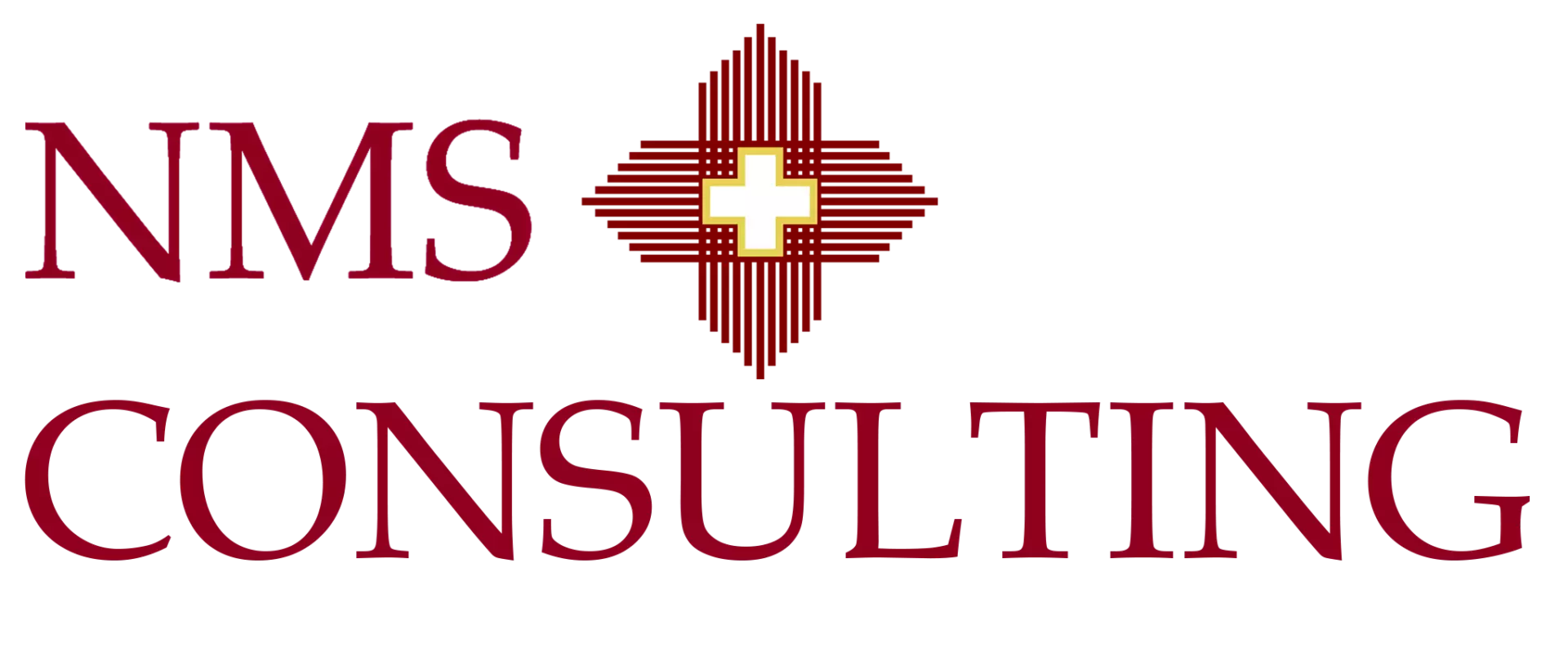What Is a Company Mission? Definition, Examples, and How to Use It

Company mission article
Every organization needs a clear answer to a basic question: what are we here to do for our customers and stakeholders. That answer is expressed through the company mission. When leaders treat the mission as a practical tool that guides choices instead of as a paragraph on a website, it can shape strategy, hiring, and daily work.
Signal for strategy
A clear company mission helps leaders decide which markets to serve, which customers to focus on, and which ideas to decline. Articles from outlets such as
Harvard Business Review
often note that companies with a focused mission make faster strategic choices and avoid constant shifts in direction.
Anchor for culture
Teams want to know how their work connects to something larger than their own role. Research from
Gallup
links a clear sense of purpose to higher engagement and better retention, which shows why the mission should be part of everyday language inside the company.
Message for stakeholders
Customers, investors, and regulators compare what a company says with what it does. Studies by firms such as
Deloitte
highlight that a consistent mission supports long term brand trust and helps align commitments on topics such as sustainability and responsible business.
What is a company mission?
A company mission is a short statement that explains what an organization does, who it serves, and what it is trying to achieve in practical terms. It describes the role the company chooses to play in its market and how it intends to create value for customers and other stakeholders.
In simple terms, a company mission answers three questions:
- What we do: the main activities or services we provide
- Who we serve: the customers or groups that matter most
- What outcome we want: the results we aim to create in the world
The mission should be short enough to remember, but concrete enough that employees can use it when they decide how to spend time, money, and attention.
Why a company mission matters
Many companies draft a mission statement because they feel they should, yet never use it. When taken seriously, a clear company mission can have several benefits.
- Gives leaders a shared point of reference for strategy discussions and trade offs
- Helps employees see how their work supports customers and wider goals
- Attracts talent that cares about the same type of impact, which supports hiring and retention
- Provides a stable message for investors and regulators across business cycles
- Reduces confusion when new projects, acquisitions, or markets are proposed
Without a clear mission, organizations often chase too many opportunities at once, change direction frequently, and send mixed signals to teams and the market.
Core elements of a strong company mission
There is no single correct format for a mission statement, but effective missions usually share several traits.
Clear and concrete language
The mission should be understandable to a new hire on their first day. Guides on mission statements from
MIT Sloan Management Review
often stress the importance of plain language. Avoid vague claims such as “being the best” or “world class” and use words that point to actual work and real outcomes.
Specific customers and stakeholders
Missions that claim to serve everyone rarely guide choices. It is more useful to name the types of clients, communities, or partners that matter most so resources can be focused where the company can truly help.
Realistic ambition
The mission should stretch the organization without breaking credibility. Statements that sound grand but do not match current or near term capabilities quickly lose trust with staff and external audiences.
Connection to strategy
A company mission should align with the strategy and operating model. If the strategy focuses on high touch advisory work but the mission talks only about low cost scale, there is a gap that people will sense, even if they do not say it directly.
Stability over time
Missions should not change every year. They should remain stable across business cycles, with only occasional refinement as the company grows, enters new markets, or adjusts its focus.
Company mission vs vision vs values
Many organizations use the words mission, vision, and values together but treat them as if they were the same. They serve different roles and work best when they support one another.
Company mission
Describes what the organization does today for customers and stakeholders and why that work matters. It is present focused and action oriented.
Company vision
Describes the future state the organization is working toward, such as position in the market, type of impact, or scale. The vision is long range and points to what success will look like in the future.
Company values
Describe the standards for behavior and decisions inside the company. Values guide how people work together and how the company interacts with clients, partners, and communities.
When these three elements are aligned, employees can see the link between daily tasks, the mission, long term direction, and the way the company expects people to act.
How to write or refresh a company mission
Writing a company mission is easier when leaders follow a simple sequence instead of starting from a blank page.
-
Start with real customers and problems
List the main customer groups you serve and the problems you help them solve. Use specific language taken from client conversations and market research, including findings from sources such as
McKinsey & Company
or your own surveys. -
Describe how you create value
Capture the core activities that make a difference, such as advising, designing, building, operating, or financing. Focus on a short list that reflects your real strengths rather than everything the company has ever done.
-
Draft several short statements
Turn these ideas into a few candidate mission statements. Aim for one or two sentences that a colleague can say out loud without difficulty and that still sound natural.
-
Test with employees and customers
Share options with a cross section of staff and a small group of trusted clients. Ask whether the mission feels accurate, clear, and useful when making decisions or explaining the company to others.
-
Agree as a leadership team
Use the feedback to tighten wording and remove duplication. Make sure the final statement has visible sponsorship from the board or top team so employees see that the mission matters.
-
Embed in systems and messages
Once agreed, update internal and external materials. Build the mission into onboarding, performance management, strategy discussions, and external reporting so it becomes part of daily language.
Using the company mission in daily decisions
A company mission has value only when it influences choices. Leaders can bring the mission to life in several practical ways.
- Open key meetings by explaining how the topic links to the mission
- Use the mission to explain why projects are approved, delayed, or stopped
- Include mission fit as a point in hiring, promotion, and reward discussions
- Highlight examples where employees acted in line with the mission even when it was difficult
- Check major investments and partnerships against the mission before signing them off
Over time, these habits train people to ask whether work supports the mission instead of chasing every new idea that appears attractive in the short term.
Common mistakes with company missions
Several recurring issues can weaken a mission statement and reduce its impact.
-
Language that could fit any company
Phrases such as “we exist to delight customers” or “we deliver value” do not explain what is special about the business. Visitors could read the mission and still not know what the company actually does. -
Too many ideas packed into one sentence
Long lists of products, markets, and goals make it hard for people to remember the mission or use it in conversation with clients and partners. -
Mission written once then ignored
If the mission appears only in an annual report, staff will not view it as a real guide. The statement should show up in plans, town halls, and leader messages. -
No link to measures
When there is no sign of the mission in scorecards or incentives, behavior will follow other signals, such as short term targets or isolated local goals. -
Frequent rewrites
Constant changes to the mission create confusion and erode trust among employees and external stakeholders.
Avoiding these traps helps keep the mission simple, stable, and trusted.
How NMS Consulting helps clarify company mission
NMS Consulting works with boards and leadership teams that want to sharpen their company mission as part of wider strategy and change work through its
Strategic Management Consulting,
Business Transformation Consulting, and
Change Management Services
offerings.
Typical work includes:
- Facilitating leadership sessions to align on customers, markets, and desired impact
- Testing mission drafts against real data, capabilities, and stakeholder expectations
- Designing communication plans so employees hear a clear and consistent message
- Connecting the mission to strategy, operating model, and performance measures
- Supporting change and transformation programs that bring the mission into daily behavior
NMS also shares thinking on related topics through articles such as
What is Change Management Consulting and
Utilizing Change Management for Business Success,
which help leaders link company mission to real change in ways of working.
FAQ on company missions
What is a company mission?
A company mission is a short statement that explains what the organization does, who it serves, and what it is trying to achieve in practical terms. It gives employees and stakeholders a simple way to describe the role the company plays in its market.
How long should a company mission statement be?
Most effective mission statements are one or two sentences long. They need to be brief enough to remember yet complete enough to cover activity, customers, and outcomes. If you need several paragraphs to explain the mission, the core idea is probably not clear enough.
How often should we update our company mission?
Missions should be stable. Many companies keep the same mission for years, adjusting wording only when strategy, scale, or markets shift. If you are rewriting the mission every year, it may reflect deeper uncertainty about strategy.
Who should be involved in defining the company mission?
The mission should be owned by the top leadership group and approved by the board. At the same time, it is useful to involve a sample of managers, employees, and key customers during drafting so the final statement reflects real experience and language.
How do we know if our company mission is working?
Signs of a healthy mission include employees repeating it without prompts, leaders using it in decisions and communications, and customers describing your role in terms similar to the mission. You should also see the mission reflected in strategy, metrics, and investments.
Talk to NMS Consulting
If your organization needs to sharpen its company mission or connect it more directly to strategy and change, outside support can speed progress and reduce internal friction.
To learn how NMS Consulting can help, review our
Strategic Management Consulting and
Business Transformation Consulting pages or
contact us to schedule a discussion with our team.



